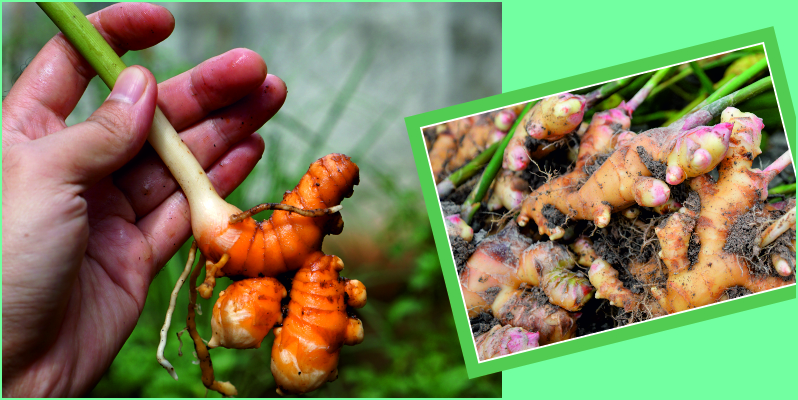0 items
Home
/ Blogs

May 19, 2025 06:33 Created by Rajesh Kumar Yadav, Last modified on May 30, 2025 03:26
Ginger is one of the most essential spices and is cultivated as a cash crop. India is the leading producer of ginger. In North India, the best time for ginger farming is from April to June, especially between May 15 to May 30. For its cultivation, sandy loam soil with a pH between 5.6 and 6.5 is considered ideal.
Dear farmer brothers and Galvians, with the effective use of Galway Krisham Products, you can achieve a high yield in ginger farming and increase your earnings. Let’s understand how to cultivate ginger using Galway Krisham Products.
Krisham Products That Support Plant Growth and Their Application Methods:
Field Preparation: During field preparation, it is beneficial to treat the soil. For soil treatment, take 100 kg decomposed cow dung / 100 kg vermicompost / ash / loose soil, and mix it with 1 litre of G-Bio Phosphate Advance to prepare a mixture. Keep this mixture in the shade for 24 hours. After 24 hours, apply it to the field and then till the soil.
Seed Treatment: Ginger seeds are actually rhizomes. Well-preserved rhizomes are cut into pieces of 2.5 to 5.0 cm in length, weighing 20–25 grams each to be used as seeds. The seed rate varies depending on the method of farming and the region.
Take 1 kg of ginger seed and treat it by mixing 4–5 ml of G-Potash. Dry the treated seed in the shade for 30 minutes, and then sow it.
Fertilizer Application: Before irrigation, take the required quantity of DAP and Urea, and mix it with 10 kg G-Sea Power + 4–8 kg G-VAM. Spray this mixture over the field as per per acre requirement.
During Irrigation: After irrigation, at 40 days and again at 90 days, mix Urea + 10 kg G-Sea Power + 200 ml G-Amino + 200 ml G-Bio Humic and spray over the field at the per acre rate.
During Flowering and Rhizome Formation: At the time of flowering and rhizome formation, ensure proper moisture in the soil before spraying. Also, check that 60–70% flowering and fruiting has taken place. Once that stage is reached, prepare a spray solution using 10 to 15 ml of product in 15 litres of water, and apply it to the field.
Note: Perform spraying either in the morning or evening. Avoid spraying in direct sunlight or high temperatures.
Leave a comment
NET WT : -
ITEM CODE : -
MRP : -
User Authentication

